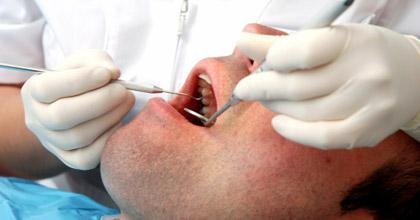
Source
By causing major changes in the oral ecosystem, cigarette smoke significantly increases the risk of oral and periodontal disease.
Cancer of the oral cavity is directly related to the consumption of tobacco, cigarette, pipe and chewing tobacco. The tumor can be lodged in various places in the mouth such as the palate, tongue or jaw, and is often difficult to detect.
Gingivitis is an inflammation of the gums caused by the presence of dental plaque. By changing the composition of the saliva and by directly attacking the gums, cigarette smoke increases the risk of gingivitis. In addition to being painful and very troublesome, these inflammations can lead to dental decay, even in young smokers.
Periodontitis corresponds to a more advanced stage of inflammation. It is characterized by the destruction of the supporting tissues around one or more teeth. The teeth appear longer with a significant risk of deformation.
Tooth decay is related to the presence of cariogenic bacteria that produce acids from the carbohydrates contained in food. In principle, these acids are neutralized by saliva. Cigarette smoke causes a change in the salivary flow and decreases its neutralizing power, increasing the risk of caries.